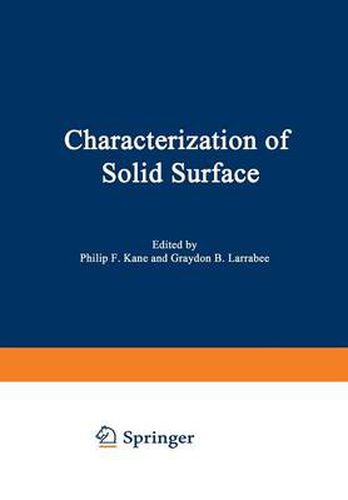Readings Newsletter
Become a Readings Member to make your shopping experience even easier.
Sign in or sign up for free!
You’re not far away from qualifying for FREE standard shipping within Australia
You’ve qualified for FREE standard shipping within Australia
The cart is loading…






This title is printed to order. This book may have been self-published. If so, we cannot guarantee the quality of the content. In the main most books will have gone through the editing process however some may not. We therefore suggest that you be aware of this before ordering this book. If in doubt check either the author or publisher’s details as we are unable to accept any returns unless they are faulty. Please contact us if you have any questions.
Until comparatively recently, trace analysis techniques were in general directed toward the determination of impurities in bulk materials. Methods were developed for very high relative sensitivity, and the values determined were average values. Sampling procedures were devised which eliminated the so-called sampling error. However, in the last decade or so, a number of developments have shown that, for many purposes, the distribution of defects within a material can confer important new properties on the material. Perhaps the most striking example of this is given by semiconductors; a whole new industry has emerged in barely twenty years based entirely on the controlled distribu tion of defects within what a few years before would have been regarded as a pure, homogeneous crystal. Other examples exist in biochemistry, metallurgy, polyiners and, of course, catalysis. In addition to this of the importance of distribution, there has also been a recognition growing awareness that physical defects are as important as chemical defects. (We are, of course, using the word defect to imply some dis continuity in the material, and not in any derogatory sense. ) This broadening of the field of interest led the Materials Advisory Board( I} to recommend a new definition for the discipline, Materials Character ization, to encompass this wider concept of the determination of the structure and composition of materials. In characterizing a material, perhaps the most important special area of interest is the surface.
$9.00 standard shipping within Australia
FREE standard shipping within Australia for orders over $100.00
Express & International shipping calculated at checkout
This title is printed to order. This book may have been self-published. If so, we cannot guarantee the quality of the content. In the main most books will have gone through the editing process however some may not. We therefore suggest that you be aware of this before ordering this book. If in doubt check either the author or publisher’s details as we are unable to accept any returns unless they are faulty. Please contact us if you have any questions.
Until comparatively recently, trace analysis techniques were in general directed toward the determination of impurities in bulk materials. Methods were developed for very high relative sensitivity, and the values determined were average values. Sampling procedures were devised which eliminated the so-called sampling error. However, in the last decade or so, a number of developments have shown that, for many purposes, the distribution of defects within a material can confer important new properties on the material. Perhaps the most striking example of this is given by semiconductors; a whole new industry has emerged in barely twenty years based entirely on the controlled distribu tion of defects within what a few years before would have been regarded as a pure, homogeneous crystal. Other examples exist in biochemistry, metallurgy, polyiners and, of course, catalysis. In addition to this of the importance of distribution, there has also been a recognition growing awareness that physical defects are as important as chemical defects. (We are, of course, using the word defect to imply some dis continuity in the material, and not in any derogatory sense. ) This broadening of the field of interest led the Materials Advisory Board( I} to recommend a new definition for the discipline, Materials Character ization, to encompass this wider concept of the determination of the structure and composition of materials. In characterizing a material, perhaps the most important special area of interest is the surface.